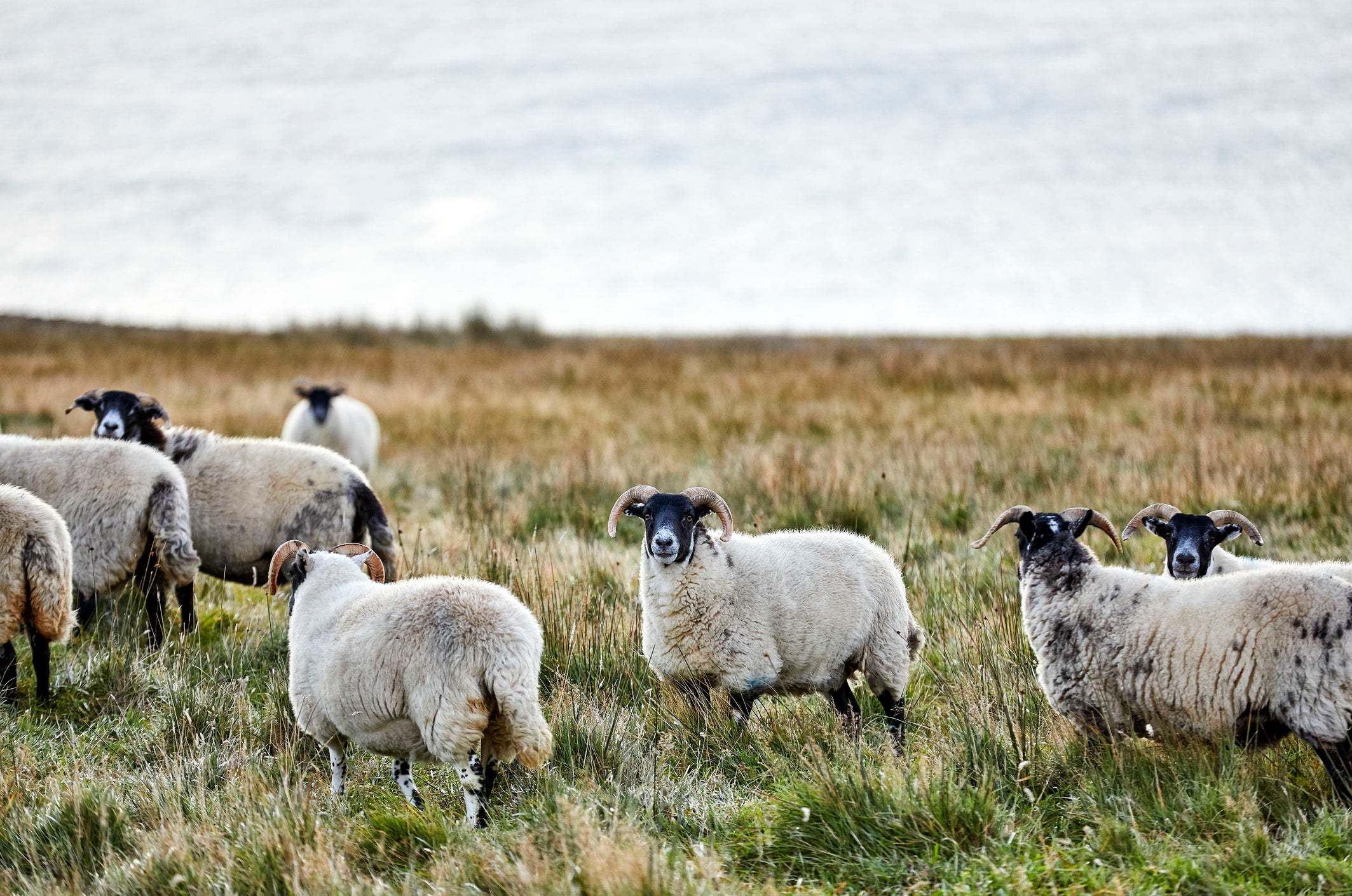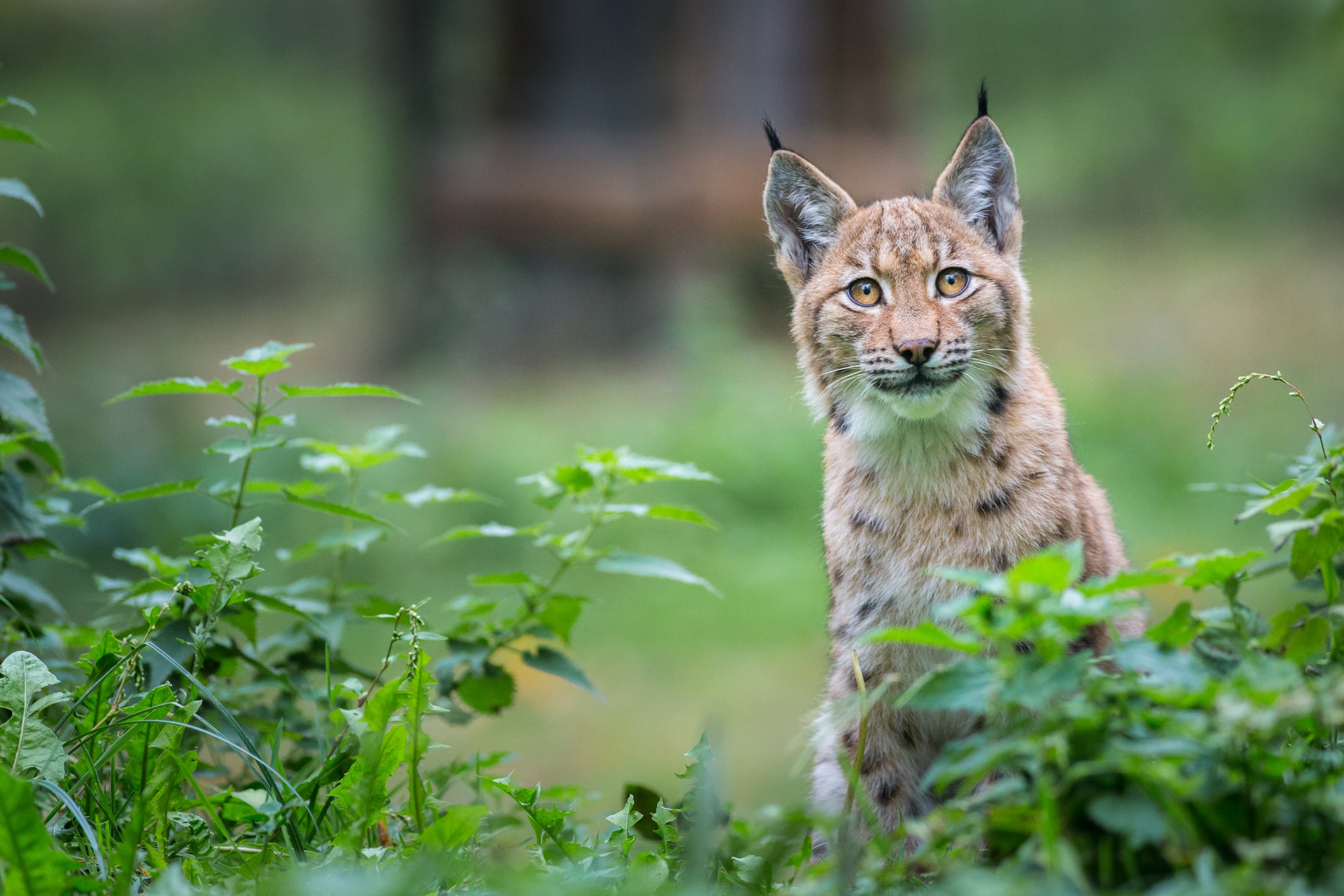ARTICLE AD BOX
The reintroduction of lynx to Scotland could bring both environmental and economic benefits, but would pose a threat to sheep and other small livestock, a new report has found.
Scotland’s National Lynx Discussion concluded that while lynx could play a positive role in deer population control and support other species, sheep and lambs around wooded areas would be more vulnerable to predation.
The nine-month discussion, involving 53 stakeholders including farmers, landowners, gamekeepers, conservationists, and tourism operators, explored the complex issue of lynx reintroduction.
The report suggests a multi-faceted management system to mitigate the risks, including compensating farmers for livestock losses and promoting co-existence strategies. Relocation or lethal control of lynx are also identified as "necessary components" of any framework.
While the report acknowledges lynx could impact gamebird populations locally, it's unlikely they would become a major part of the lynx diet nationally.

Crucially, the study found that Scotland possesses "sufficient quantity and quality of habitat" to support a viable lynx population. The report emphasizes that lynx are not a "silver bullet" for all ecological challenges, but their presence could contribute to a more balanced ecosystem.
The National Lynx Discussion was organised by the Lynx to Scotland partnership which is assessing the feasibility of reintroducing the Eurasian lynx to the Scottish Highlands for the first time in about 1,300 years.
Steve Micklewright, chief executive of Trees for Life and a member of the stakeholder group, said: “We met 12 times for over 50 hours in total. Deep and extensive discussions allowed us to learn lessons from lynx reintroductions in Europe, assess possible impacts if lynx are returned to Scotland, and recommend key actions to avoid or manage potential problems.
“While not everyone who took part supports the return of lynx, we now have a clear understanding of what needs to be put in place if a reintroduction is to happen.
“The Lynx to Scotland partnership must now work out if and how the recommendations can be delivered, and take that out to local consultation when we have clear proposals.”
When considering the impact on deer populations the report said that lynx could help achieve a more “natural balance of species” within the ecosystem, though noted that they are unlikely to replace culling by humans or the impact of weather.
They may also have a positive impact on species of conservation concern such as capercaillie, black grouse and wildcats by preying on “mesopredators”, particularly foxes.

The report acknowledged that there might be “some concern around the public safety aspect of having a large carnivore in the landscape.”
However, it noted that lynx are “secretive animals which are rarely encountered by humans in the wild in their current natural range” and said there are no recorded instances of healthy lynx attacking people.
The report stated that lynx pose no realistic threat to humans and said the predators “should not discourage anyone from letting their children play in the woods”.
It also noted that despite their elusive nature the presence of lynx could boost income from tourism.
Evidence from Europe suggests that merely the knowledge that a large carnivore exists in the landscape is enough to increase visitor numbers and significantly increase tourism income, according to the report.
Any reintroduction of lynx would need approval from the Scottish Government, which would follow ecological assessments and a full public consultation.
Stakeholder group member Andrew Bauer, who has experience of species reintroduction policy in Scotland, said: “Our recommendations aim to address the fact that we agreed there could be negative impacts on some rural livelihoods if lynx were reintroduced without proper checks and balances to prevent problems or manage them.”
Lynx to Scotland is a partnership between Trees for Life, Scotland: The Big Picture and the Lifescape Project.









 English (US) ·
English (US) ·